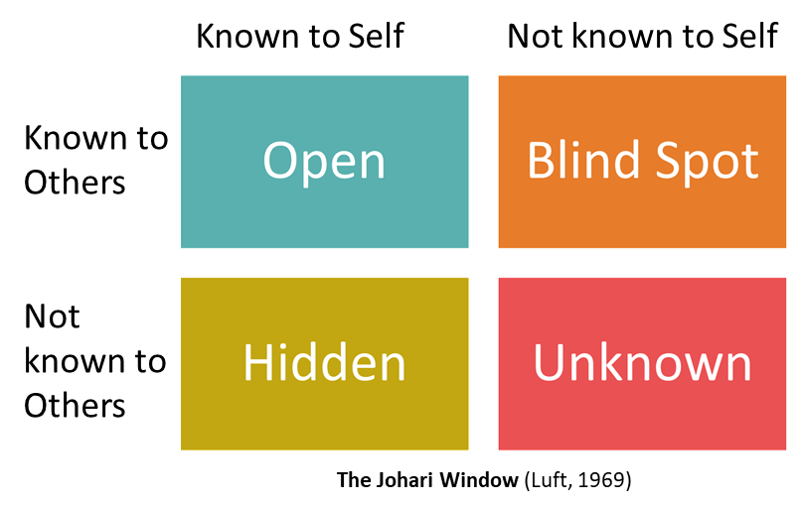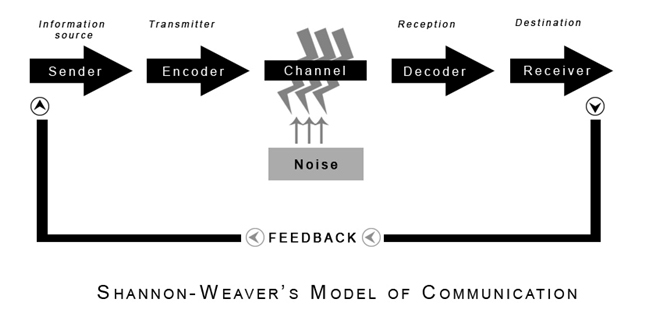Conflict-Handling Styles
Accommodating
This is a lose-win situation where one forsakes own needs or desire in exchange for those of others. One would be putting the concerns of others before owns. This style usually take place when one either simply give in or are persuaded to give in.
Avoiding
This style is when one completely evades the conflict. One would neither pursue own beliefs nor those of the others. Whenever conflict comes up, one would continuously postpone or completely dodge the conflict. This style is appropriate when the conflict seems trivial, or there is no time or need more time to think, or there is no chance of winning or afraid of being met with resentment.
Compromising
This style attempts to find a solution that will at least partially please all parties. One would work to find a middle ground between all the needs, which would typically leave people unsatisfied or satisfied to a certain extent. This style is appropriate to use when it’s more important to reach a solution than for the solution to great, a deadline is rapidly approaching or a temporary solution is needed for the moment.
Collaborating
This style attempts to find a solution that will meet the needs of all parties. Rather than trying to find a middle ground solution, one would aim for a solution that actually satisfies everyone and ends up being a win-win situation. This styles is appropriate when multiple perspectives need to be addressed, there is an important relationship present between the parties, the final solution is too important for anyone to be displeased, or the beliefs of multiple stakeholders must be represented.
Competing
This style takes a firm stance and refuses to see the perspectives of the other parties. One would keep pushing own viewpoint at others or keep rejecting others’ ideas until he/she get their way. This style is appropriate when one have to stand up for own rights or morals, need to make a quick decision and force others to get on board, need to end a long-term conflict, or have to prevent a terrible, opposing decision from being made.
Bargaining Approach
Positional Bargaining
Positional Bargaining is a negotiation strategy that involve holding on to a fixed idea, or position, of what one want and arguing for it and it alone, regardless of any underlying interests.
Interest Based Bargaining
Interest based bargaining is a negotiation strategy in which parties collaborate to find a “win-win” solution to their dispute. This strategy focuses on developing mutually beneficial agreements based in the interests of the disputants.
Scenario

Robert, a director and union member, has requested an 8 percent raise for his work unit. His request is based on recent finance reports showing that his department has substantially contributed to a 15 percent profit increase for the organisation. He feels that his team should be compensated for the hard work and long hours they have put in over the last few years to achieve this outcome.
Kay knows the value of Robert’s team and readily acknowledges their achievements. However, she knows that the company has plans to expand and diversify. This new project will use up the majority of the profit increase for at least the next five years. She is willing to sit down with Robert and talk about how his team can get involved in the new project. There could be new job opportunities, some overseas assignments, and possible promotions to various leadership positions within the new project. Kay has flagged this with Robert; however, he is adamant that his team needs to be compensated with a monetary increase. He went as far as threatening to get the union involved if his request is unsuccessful.
Conflict-Handling Style in the Case Study
In the scenario, the conflict-handling style used by Robert is competing. He stands up to his own beliefs, not allowing any space for negotiating, and there is no sign of giving in. This can be seen from him threatening to get the union involved if he do not get what he wants even after Kay offering him alternate option of reward instead of monetary increment to get a win-win situation.
Bargaining Approach in the Case Study
In the scenario, the bargaining approach adopted by Kay is interest based bargaining approach. The key characteristic of this approach is to achieve a win-win situation which is what Kay is aiming for. From the case study, Kay is trying to work with Robert to achieve a win win situation where she tries to offer an alternate option such as job opportunities and promotion instead of monetary increment. Kay is trying to come up to an agreement where both Robert and the company will benefit.
Interpersonal Communication
What contributed to the poor working environment is the listening aspect and not relaying the full picture. In Kay’s case, she only convey to Robert that his team gets to involve in the company’s new project, where there is new job opportunities, overseas assignments and possible promotions. What was not communicated was the company’s plan to expand and majority of the profit increase will be used up. Her way of communicating is indirectly denying the monetary increase. She failed to deliver the whole situation to Robert and has deter Robert from viewing the situation in her perspective which contributed to the poor working environment.
In Robert’s case, he listens to listen instead of listening to understand. Robert is so firm in his stand that no other suggestion is acceptable. He did not try to understand Kay’s suggestion, choosing the fastest way to increase salary for his team instead of listening to Kay which would ultimately also bring them monetary increase in long run.
Hall’s Context Model

With respect to Hall’s context model, Robert is following the low-context culture. He conveyed his message explicitly, simple and clear that he want a 8% monetary raise for his team members. His threat to Kay later on further implied that he does not care even he relationship between him and Kay is jeopardized. All this factor is pointing that Robert is a low-context culture person.











